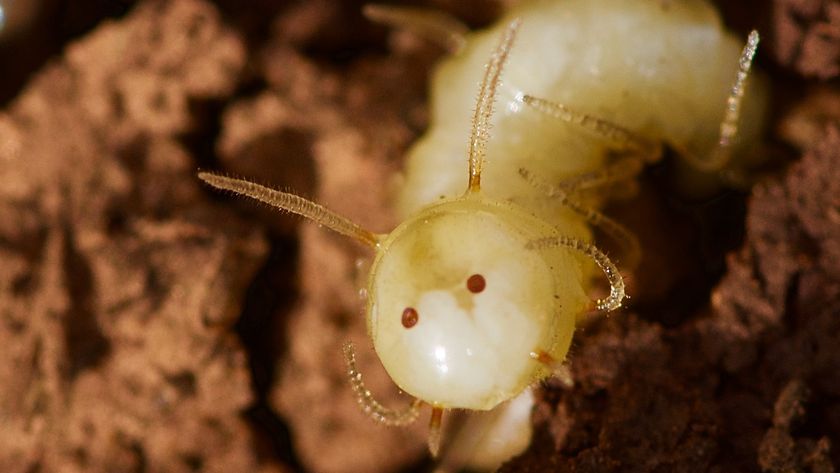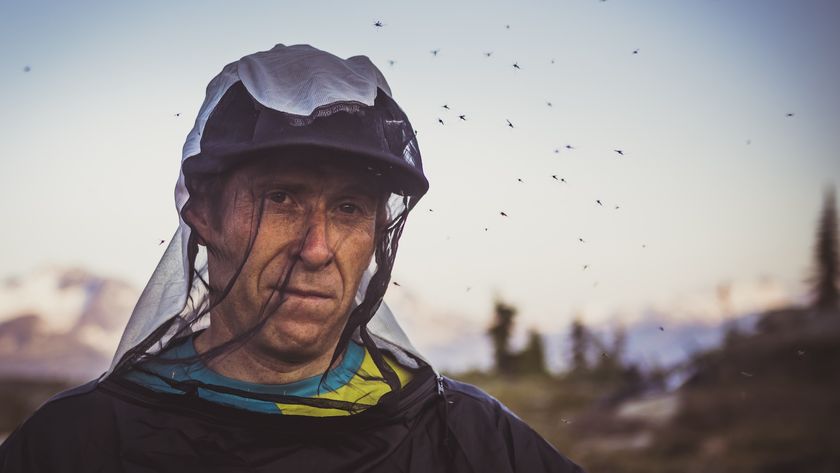Microscopic Monsters: Gallery of Ugly Bugs
Ready for Their Close-Up
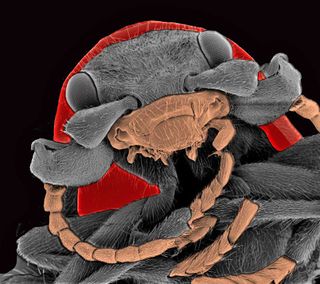
The insects chosen for the 2011 Ugly Bug Contest feature some pretty frightening contenders, including the parasitic ichneumon wasp, which lays larvae that kill their host, as well as the infamous blood-sucking bedbug. Here are the 10 candidates in all their ugly and gory glory — you can vote for your favorite here. [Read Full Story].
Big Red
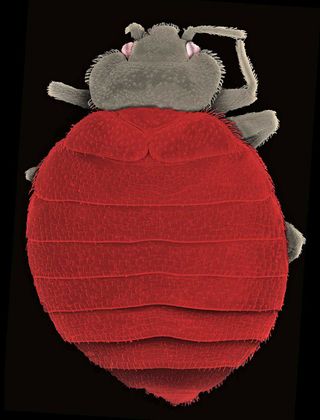
The nefarious bedbug (Cimex lectularius) is a nightmare for homeowners. Bedbugs hide during the daytime and come out at night to feed on the blood of their animal hosts. They are infamously hard to get rid of and often leave a line of red, itchy welts on their victims.
Egg Eater
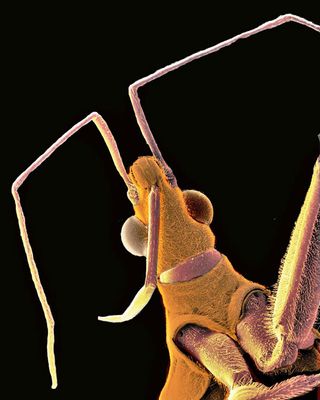
The above googly-eyed bug may look pretty silly, but don't be fooled — it's a predatory insect. Damsel bugs (Nabis americoferus) feed on the eggs of other insects, as well as devouring small caterpillars and aphids, which are also known as plant lice.
Cruddy Beetle
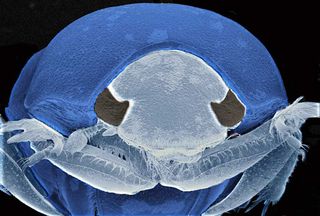
The agitated-looking dung beetle (Canthon) above has a very good reason for looking so grumpy; it will spend most of its life feeding on animal feces. The small, undigested bits of food found in droppings act as nutritious food for the dung beetles. In fact, some dung beetles enjoy eating waste so much that they roll it into tiny balls that they bury underground to snack on later. By doing so, they are actually helping to fertilize soil.
Violet Eyes
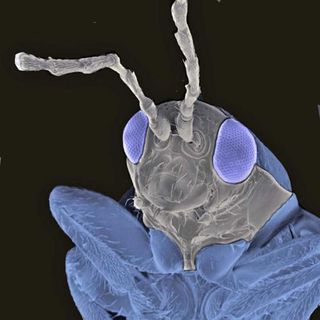
A considerably less cranky-looking beetle, the striped flea beetle (Phyllotreta) feeds on the foliage of young plants such as turnips and radishes. Although they may seem somewhat cuter than dung beetles, striped flea beetles can act as carriers of plant disease. [Image Gallery: Shimmering Metallic Beetles]
Little Red Riding Hood
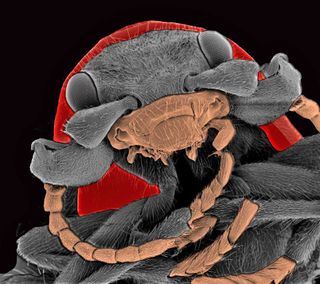
Another helpful beetle, the soft-winged flower beetle (Collops vittatus) feeds on whiteflies, which helps to naturally control the pest's population in cotton fields. Soft-winged flower beetles also eat soft-bodied insects such as mites, aphids and caterpillars.
Green Stink Fly
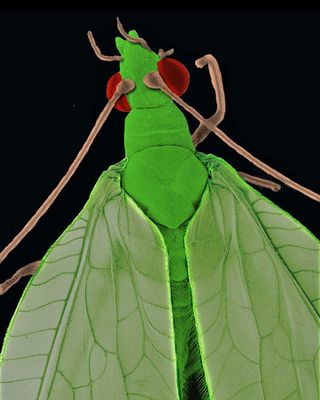
The green Lacewing (Chrysoperla carner) is another beneficial predator because its larvae feed on insect eggs, mites, spiders, aphids and small arthropods such as leafhoppers and whiteflies. Adult green lacewings are also known as "stink flies" because of their ability to produce a foul-smelling odor when threatened by a predator.
Sign up for the Live Science daily newsletter now
Get the world’s most fascinating discoveries delivered straight to your inbox.
Sinister Wasp
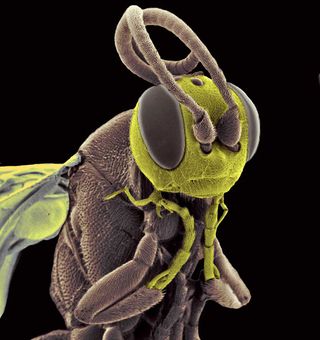
The ichneumon wasp (Hymenoptera) is a parasitoid, which means that its larvae feed on their host organism. Using her long, stinger-like ovipositor, the mother wasp injects her eggs into a host's dwelling or body — sometimes even into their larvae. When the wasp's larvae hatch, they will devour their host, which include butterfly pupae and moth caterpillars.
Cute but Toxic
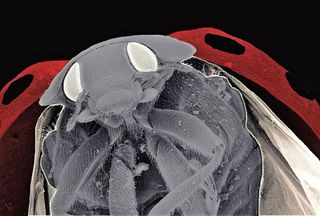
Ladybugs (Hippodamia convergens) may be famous for their adorable polka dot-patterned bodies, but their black spots actually serve the purpose of scaring off predators. Their bright coloring and markings warn that they taste bad and are poisonous, since ladybugs can be toxic to some animals, according to entomologists. Ladybugs belong to the Coccinellidae family of beetles and can help with pest control in gardens and fields. [Read Full Story]
Tarnished Sap Suckers

The Western tarnished plant bug (Lygus Hesperus) feeds on the sap of plants, including peach trees, strawberries and cotton plants. It is considered to be a major agricultural pest and causes millions of dollars in damage to the cotton and strawberry industry in California alone, according to researchers at Northern Arizona University.
Evil-Looking Beetle
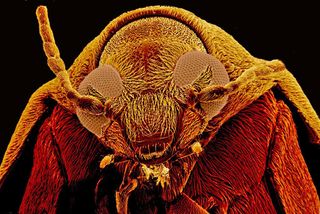
Seed beetles (Algarobius prosopis) are also known as "bean weevils" because their larvae feed on plant seeds and beans, such as legumes. First, the seed beetle leaves its larvae atop of a bean or seed, and the larvae then burrow into the pod. The larvae then develop inside of a single seed and cut out an exit hole when they are ready to emerge.
